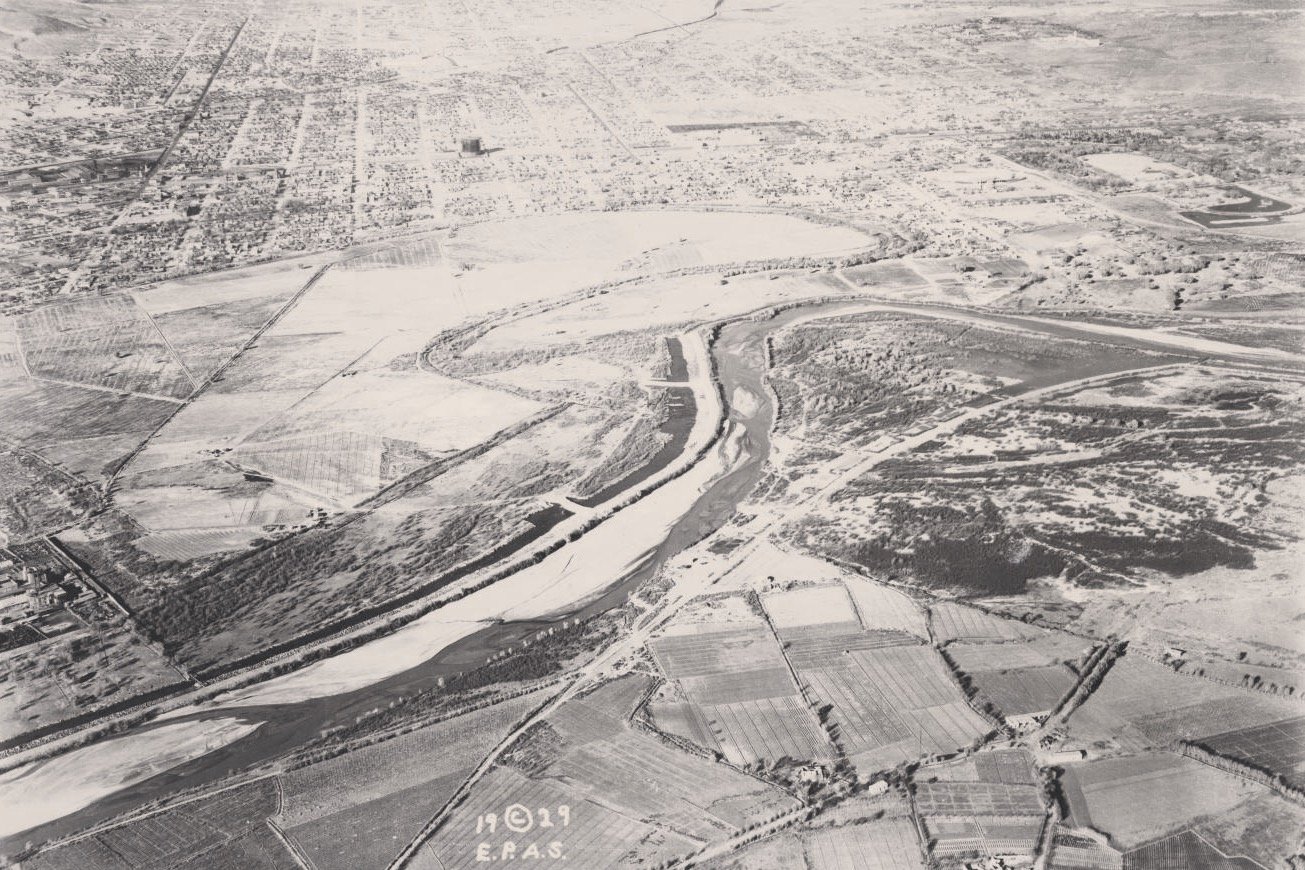
Life on the Border + The Post-Borderzone
Life on the Border is a seminar that considers an analysis of the history, theory, and praxis of borders and The Post-Borderzone, a studio that is interested in border cities as alternative and experimental spaces that, while resisting the assimilation of the prevailing raging capitalism and colonialism, allows a multiplicity of fronterizo voices.
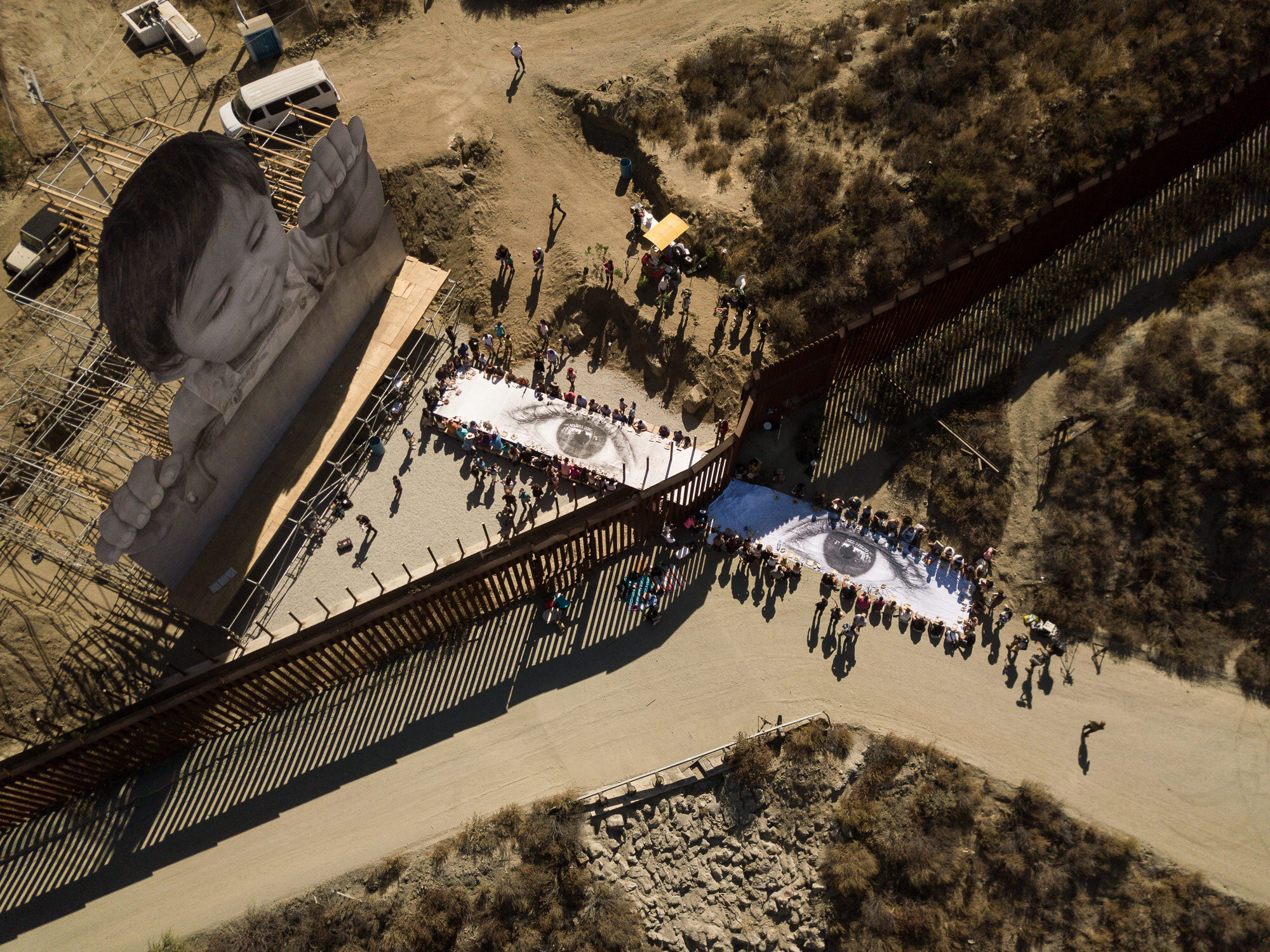
Border as Method
In this section borders are much more than research objects, but rather a methodological narrative that is used to construct a body of knowledge that motivates the connections and divisions which are at work when territories are distinguished from one another.
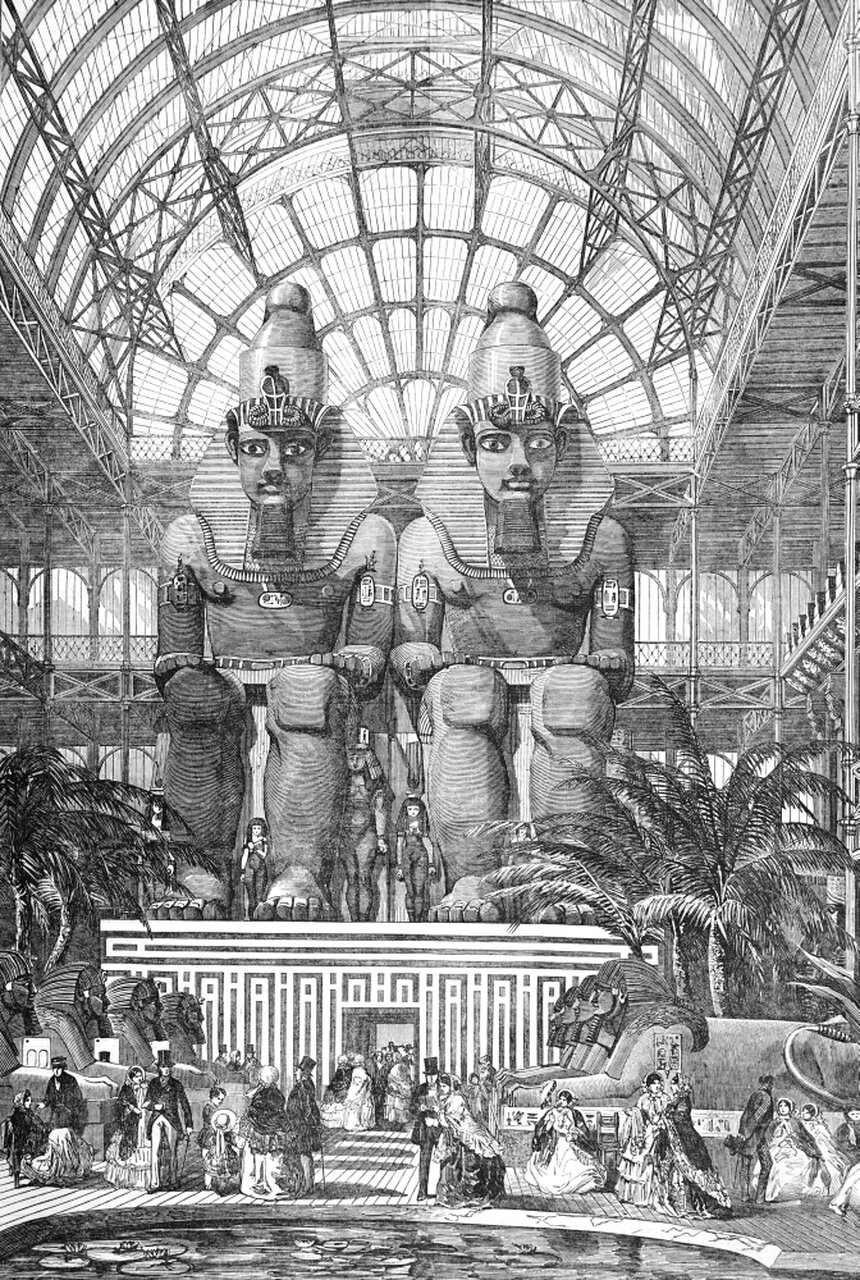
(Re)thinking Modernity & Modern Architecture
This course will examine the advent of modernism and its relationship with the built environment through multiple lenses, including nationhood, race, economics, technology, environmentalism, gender and sexuality, colonialism, and art history.
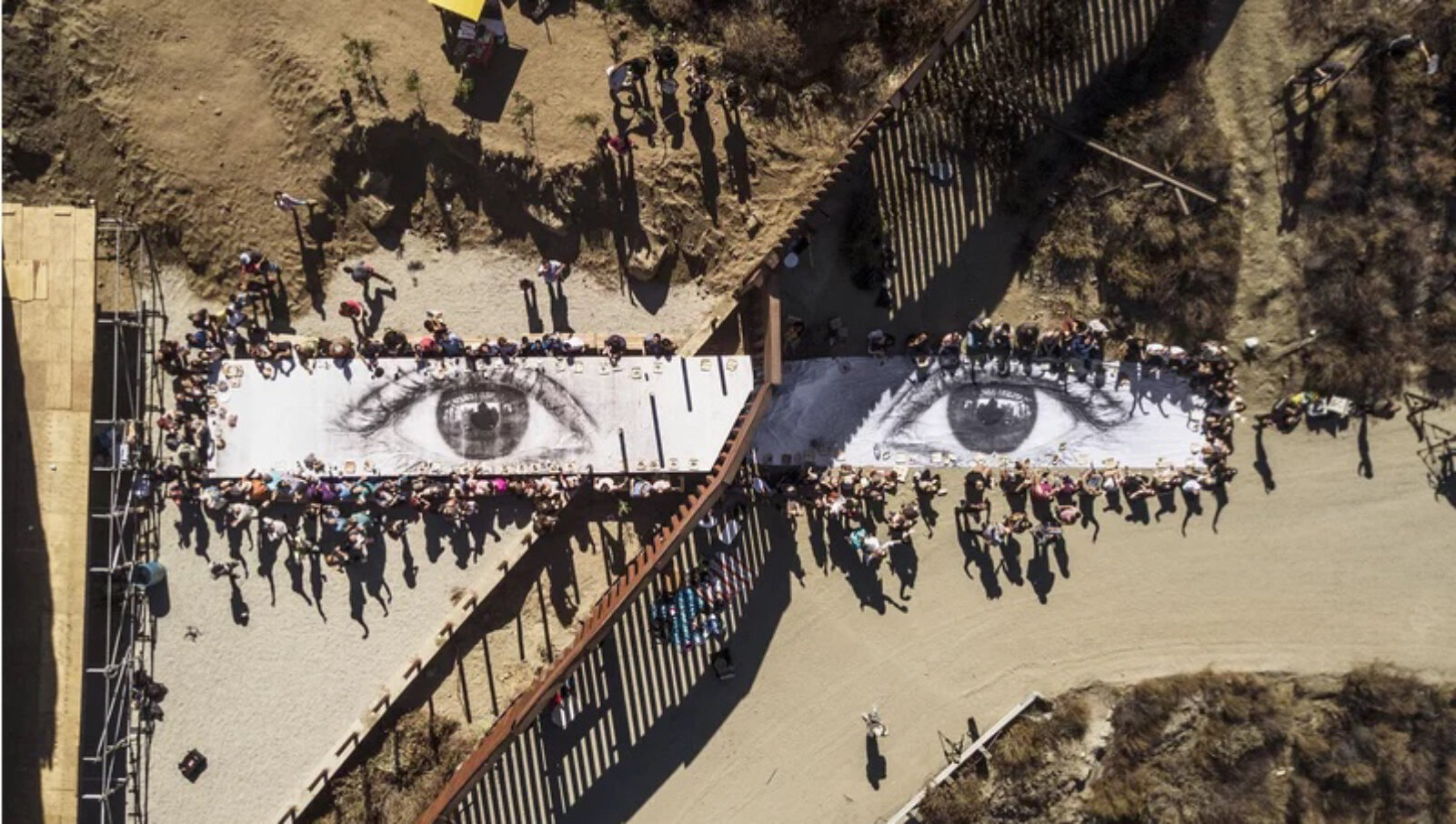
Life on the Border: The Architecture of the Trans-boundary Urban Space
This course considers the architecture that makes the borders of cities, regions, and nations. Case studies central to this course will include: the border shared between México and the United States, the Demilitarized Zone (DMZ) of North-South Korea, and the land dividing Palestinian and Israeli territories.
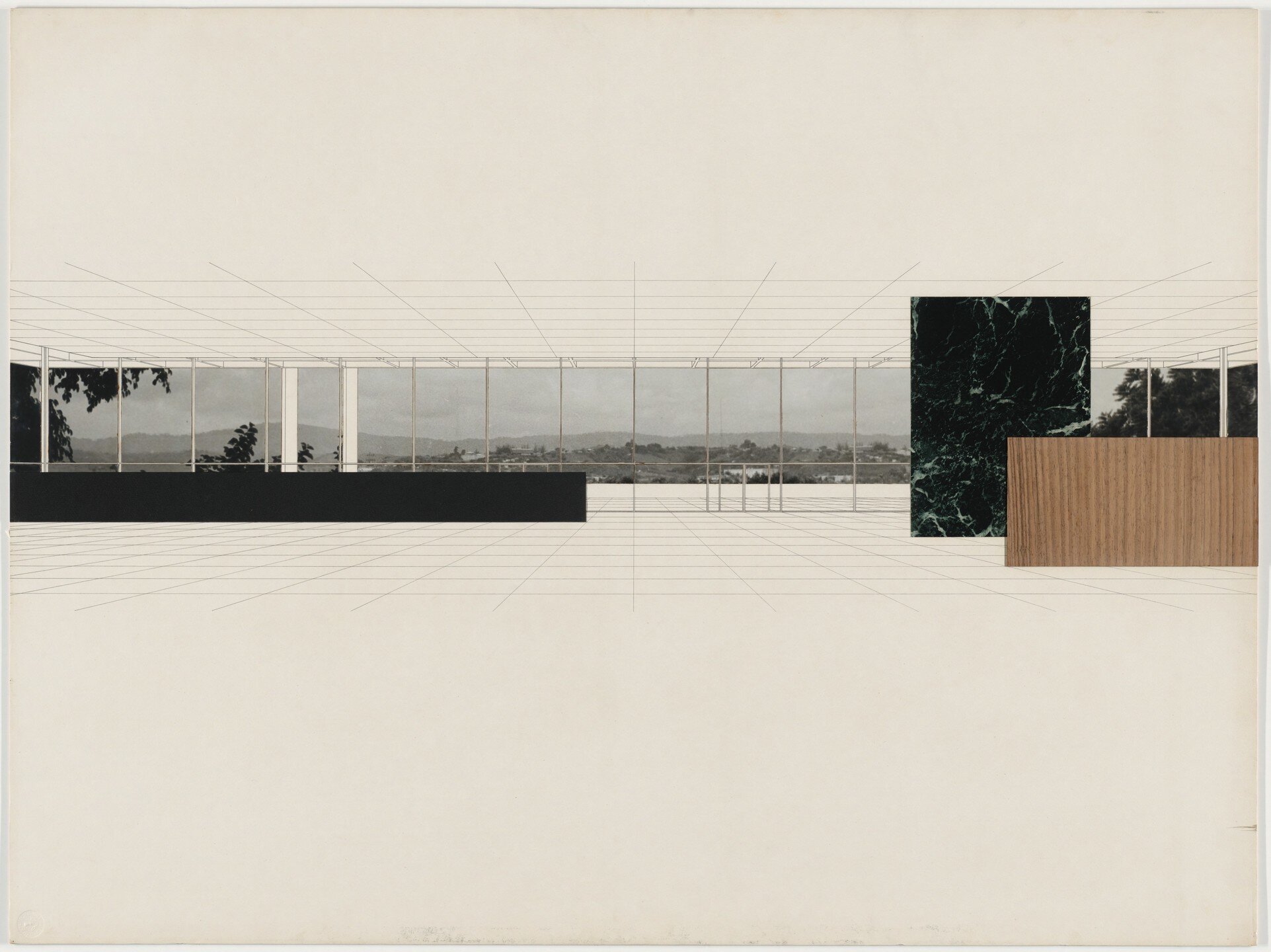
The search for Modern form: From 1851 - 1960s
From London’s 1851 Great Exhibition Crystal Palace, to that moment on “July 15, 1972 at 3:32pm when Modern Architecture died”2 with the demolition of the infamous Pruitt Igoe housing development; Architects, thinkers and designers were devoted to the search of a global building culture. This course places the search for modern architecture, its form, space, and structure, from the mid nineteenth century, through both World Wars, and the post-war period into critical questioning, not only of its leaders and main figures, but its place of origin and linear development.
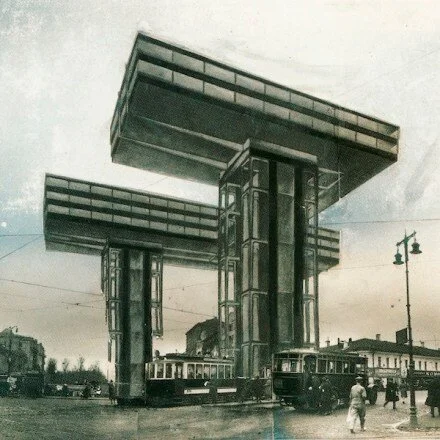
Architecture Culture 1851-1950: A Century of Evolution
TA - The course aims to foster a strong understanding and appreciation of architectural history and of history in general. Our main concern is with architecture’s role in society. We also consider changing approaches to architectural historiography and reflect on modern architecture’s legacy in today’s globalized, multicultural world. Assigned and recommended readings are drawn from a rich array of primary and secondary literature.
